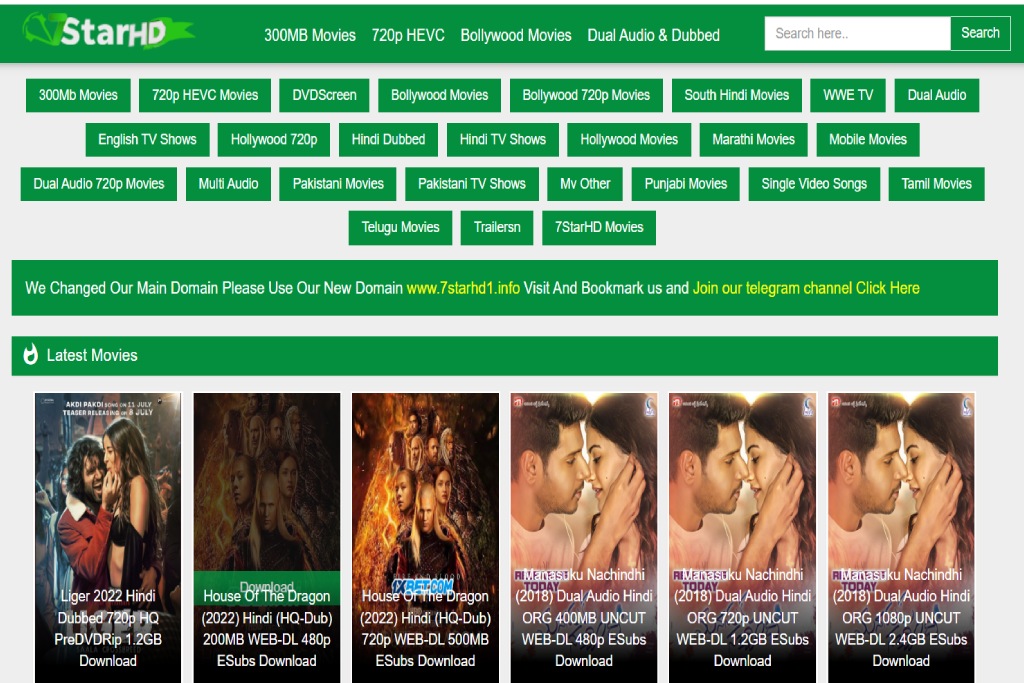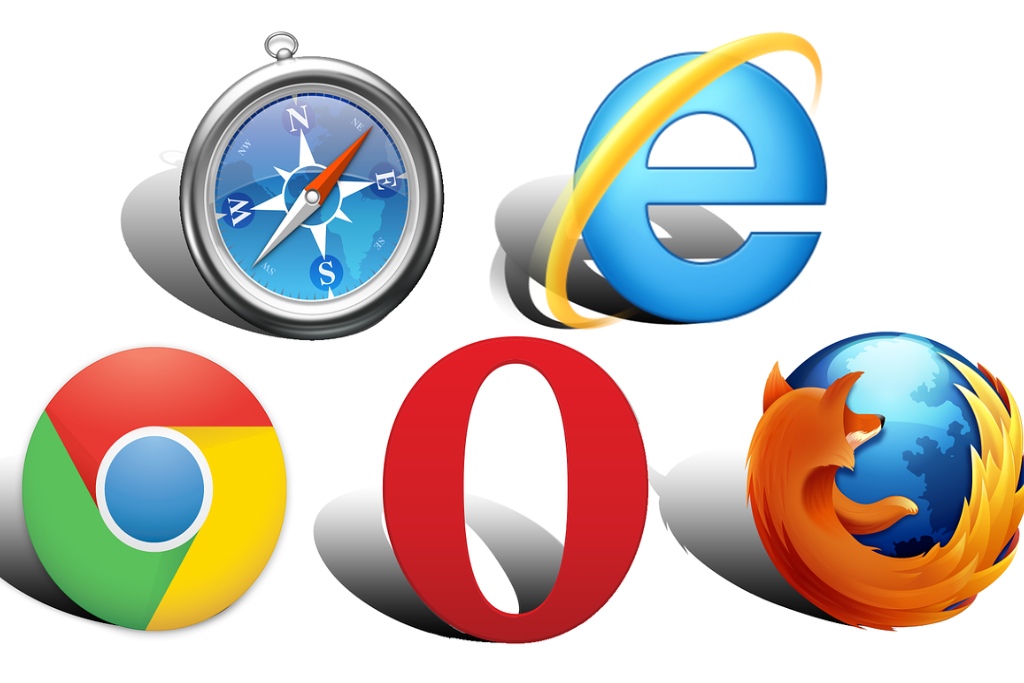CRM: Choose Between SaaS And On-Premise Model

CRM software (customer relationship management) can be used in “SaaS” mode or in “On Premise” mode. But what is it all about? And how do you choose between the two? Working on the Internet takes stock.
SaaS Model: Access CRM Via Cloud Computing
The “SaaS” model designates a Cloud architecture of the Software as a Service type, that is to say, an online software that can be used on-demand, installed on the remote servers of a service provider, and accessible via a fixed or mobile Internet connection.
This type of CRM software is subject to payment by a monthly subscription which can be adjusted depending on the number of users. The service provider is responsible for hosting and protecting data and maintaining and updating the Software.
This turnkey solution is compatible with most operating systems and does not require a significant hardware budget.
On-Premise Mode: Install The CRM On Its Servers
Conversely, the “On Premise” mode refers to CRM software present in the company’s premises, installed on its servers. The company pays for a license to the publisher for a limited period, depending on the number of user workstations.
It is the management of the company’s IT system, which is responsible for maintenance and updates and protecting the data stored on-site in the company. This requires a larger hardware budget initially, but the data is directly accessible with or without the Internet, and the company has more possibilities for customization.
What Investment Are You Ready To Make?
In both cases, the CRM software and the data can be accessed remotely by employees on the move by connecting to the service provider’s online service using “SaaS” mode or by clicking to the Intranet using “On-Premise” mode. “. So the choice is not made according to the criterion of mobility, but more according to the price and the investments you are ready to make in your IT architecture.
In the short term, the SaaS solution is more economical, but the On-Premise solution also becomes competitive in a long time despite significant initial investment.
Also Read: What Does B2B Marketing Mean?






